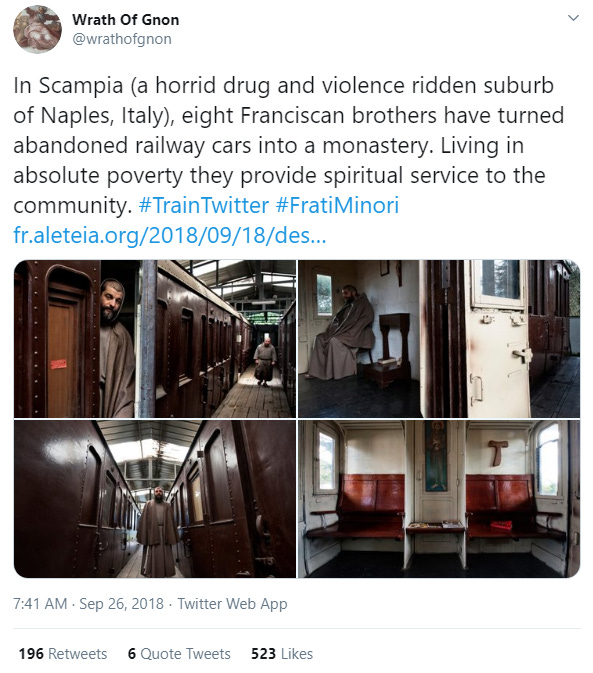As I mentioned in the previous chapter our need for understanding leads to simplification. Simplicity is lauded in aesthetics. It appeals to us. We strive for clean lines, straight streets & ideal forms. James Scott describes how the modern state - in an attempt to control at scale - standardizes and coarse grains. In the process, reality loses meaning: it becomes a means to an end, rather than an end in itself. It follows that approaches to resolving conflict in complex systems are counter-intuitive and achieve results non-linearly. What seems easy and direct is neither.
Mobility is probably one of the simplest city-wide systems. It is possible to measure all the variables to a certain degree of precision: infrastructure, vehicles, speed. The phase space is finite: all the possible different states of the system could be hypothetically computed in the near future. Despite it being a relatively comprehensible system our mobility policies abstract away to simple axioms. Most capital expenditure goes to monocentric car-subsidizing policies which have been repeatedly demonstrated to be counterproductive. Complexity is counter-intuitive. It is inherently difficult to comprehend, let alone measure or control.
The nineteenth-century economist William Stanley Jevons was the first to describe rebound effects. He remarked that increased energy efficiency does not lead to less total consumption. Naively one might think that we spend less fuel the more fuel-efficient cars become. The opposite is true though: the more efficient a car is, the less it costs to drive it; this makes individuals drive more, ultimately increasing fuel consumption per capita. The graphs above illustrate how worldwide per capita oil consumption has remained relatively steady while fuel efficiency has almost doubled.
This is a similar phenomenon to induced demand. Different researchers have established that increasing the capacity of infrastructure can have a null or negative long-term impact on traffic. This means that adding an extra lane to a congested system incentivizes more people to drive through it. Road expansion has negligent effects on improving traffic flow. More infrastructure does not necessarily mean less traffic. On the contrary. Braess’ proved that in a congested transportation network adding an extra road segment might impede traffic flow, and equivalently removing a segment might increase travel times. You heard that right - sometimes pedestrianizing an urban segment, can improve flow and reduce time spent in traffic for all drivers.
Traffic is caused by a lack of coordination. Sudden congestion can appear on a highway without an obvious source. These phantom traffic jams are caused by a driver slowing down unexpectedly. The driver behind him will react to avoid a collision, which will often set off a wave of vehicles asynchronously slowing down. Keeping a sufficiently large buffer between vehicles helps shorten the length of phantom jams but - ultimately lowering the speed limit during peak times can improve traffic efficiency and stability by creating a more homogeneous flow. A lower speed limit reduces the individual margin of error of each driver’s stop-and-go, leading to overall improved system flow. Driving slower can make you go faster.
One Book
Emergence: The Connected Lives of Ants, Brains, Cities, and Software by Steven Johnson\ An all-around great read that has aged perfectly well and serves as a fantastic basic introduction to emergence and complex systems in daily life.
Three Links
Starlink is a very big deal by Casey Handmer\ On counterintuitive success through catalytic vertical integration.
The Crypto State? by Bruno Maçães\ How social tech and blockchain could reshuffle the nation-state.
These ants decorate their homes with the heads of their enemies by Jason Bittel\ Acid-spraying, headhunting co-evolutionary ant relationships.
Five Tweet
Drone footage of a dog herding sheep. 🐑 pic.twitter.com/IKz2z5i6Hu
— Buitengebieden (@buitengebieden_) September 11, 2020
All the gold that ever was, and ever will be, on Earth was formed in supernovae and by the merging of neutron stars.
— Paul Byrne (@ThePlanetaryGuy) October 4, 2020
Neither process has occurred locally since Earth was born.
So, the gold in any jewelry you have is older than the planet you're standing on. pic.twitter.com/vFuGrAOM0l
Just saw a tweet that said "Stay at 127.0.0.1. Wear a 255.0.0.0" and I'm like... that's a class A subnet. That's a mask big enough for you and 16,777,213 other people. That's never gonna work.
— Dylan Beattie 🇪🇺 @ 🏡🔑🔽 (@dylanbeattie) October 3, 2020
Be smart, people. Stay at 127.0.0.1, wear a 255.255.255.248.
This was the third issue of Think Think Think - a periodic newsletter by Joni Baboci on cities, science and complexity. If you liked it why not subscribe?



![[speed output image]](https://cdn.substack.com/image/fetch/w_1456,c_limit,f_auto,q_auto:good,fl_lossy/https%3A%2F%2Fbucketeer-e05bbc84-baa3-437e-9518-adb32be77984.s3.amazonaws.com%2Fpublic%2Fimages%2F3333cac7-6ea8-46ea-a610-fdf6647d449f_640x16.gif)

